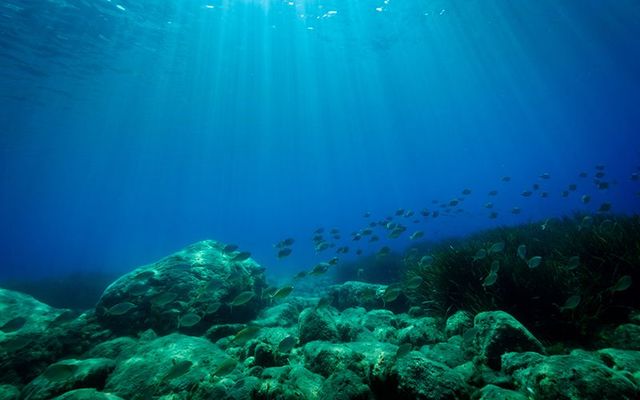SEA-SEIS project one of the boldest deep-ocean research projects ever to be undertaken in Europe was launched in Cobh, County Cork.
The SEA-SEIS project, led by Dr. Sergei Lebedev from the Dublin Institute for Advanced Studies (DIAS), will launch and deploy 18 state-of-the-art ocean bottom seismometers to measure movement at the floor of the Atlantic Ocean, hundreds of kilometers off the coast of Ireland.
The network will cover the entire Irish offshore area, with several sensors also being placed in the UK and Iceland’s waters.
The seismometers will be in place for the next two years, where they will collect data and shed light on the nature and history of the vast ocean floor along Ireland’s coast.
The equipment will be deployed on a mission on the RV Celtic Explorer over the next three weeks from launch, with the ship returning to dock in Galway on October 7, 2018.
SEA-SEIS Project presents excellent opportunities for student #science engagement https://t.co/Y4lLw2KxN9 #DIASDublin #seaseis #RVCelticExplorer @explorersedu #seismometers pic.twitter.com/nDP5PDX49n
— Marine Institute (@MarineInst) September 20, 2018
Speaking at the launch, Professor Chris Bean, Senior Professor of Geophysics and Director of the DIAS School of Cosmic Physics, said:
“The geological evolution of Ireland’s offshore territory is fascinating, but there is still so much of it to be explored.
“As originally discovered by DIAS and collaborators in the late 1980’s, and subsequently confirmed by the Marine Institute/Geological Survey Ireland, Ireland has an ocean territory 10 times larger than its terrestrial landmass.
“There are geological, oceanographic, and biological processes that interact on a daily basis in this vast territory but, until now, have been poorly understood due to a lack of observational equipment. For the first time, through the SEA-SEIS project we will be able to make long-term direct observations of the interactions between our oceans and solid Earth in this region.”
Great morning mobilising for the SEA-SEIS EXPEDITION https://t.co/Wn53M7pUVk with @DIAS_Dublin @GeolSurvIE @MarineInst safe voyage folks we look forward to following your progress #RVCelticexplorer pic.twitter.com/2L2nW4IhgA
— Maria Judge (@Maria_MarineGeo) September 17, 2018
Speaking about the research project, lead researcher, Dr. Sergei Lebedev, DIAS, commented:
“Ireland is uniquely suited to this type of deep-sea science, as 90 per cent of the Irish territory is offshore, most of it to the west of Ireland.
“The ocean-bottom sensors will record the tiny vibrations of the Earth caused by seismic waves, generated by earthquakes and by the ocean waves. As the waves propagate through the Earth’s interior on their way to the seismic stations, they accumulate information on the structure of the Earth that they encounter.
“Using this data, the scientists at DIAS can do a 3D scan of the matter beneath the Earth’s surface. We will discover how the structure of the tectonic plates varies and what happens beneath these plates.”
Read more: Scientists discover 1.8 mile deep underwater canyon off Dingle coast




Comments